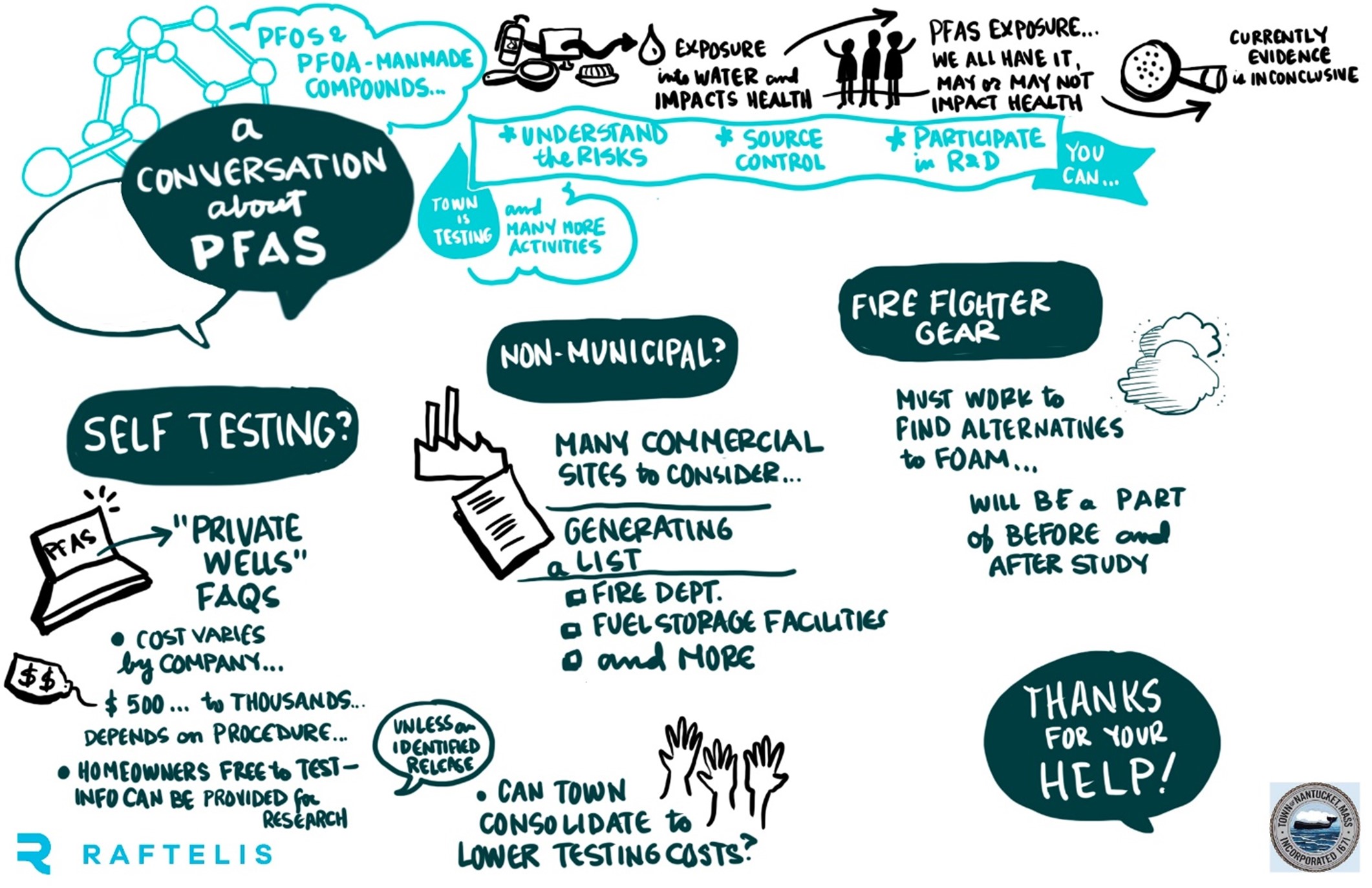USEPA’s recent proposed health standards for PFAS compounds brought another confusing, scary-sounding message to everyone who relies on tap water and left utility leaders with yet another communication challenge. What do you do about a forever compound that is practically everywhere at levels that are undetectable by modern laboratory methods? And a compound that is found in drinking water only because of the actions of industrial manufacturers and the military?
You talk about it. And if you’ve been talking about it, you keep talking about it. When people hear about a perceived risk, the first message they hear is what shapes their initial opinions about it. We also know from social science research that there are several accepted theories of how people interact with risk that motivate them. If you understand the basis of how people process information when they perceive risk, you can make your communication about PFAS more effective.
If you know that PFAS compounds are present in your drinking water, then say so in a matter-of-fact way. Provide perspective and share that you are working to minimize any risk to water quality. We know that people who are upset tend to distrust the messenger of the information—social scientists call that Trust Determination Theory. That’s why trust with the public must be built up over time with consistent messages that put risk into context. As a drinking water provider being the first contact for someone to learn about PFAS and drinking water is both unexpected and disarming. It builds trust and demonstrates that you care.
People who are upset have a difficult time understanding facts. The last few years have been stressful for many reasons, and people’s ability to respond rationally to many things is perhaps at an all time low. Add to that studies that show people remember only 20% of what they read (but 80% of what they see) and you have a problem.
If you also factor in that the average American reads at an 8th grade level, you can imagine someone struggling through EPA’s health advisory statement. Many people would walk away with the conclusion “there is something bad in drinking water” and totally miss the context.
Utilities can combat this with a consistent message that “Delivering safe water is our utility’s mission. We are closely following EPA health advisory guidelines and strive to meet all health advisories as an added protection to our community.” Common sense messages help build trust.
One of the things that can help people process risk and build trust in your utility is to give them space to talk about an issue with experts present. We facilitated a series of community listening sessions for the Town of Nantucket, MA related to PFAS recently. The sessions focused on reviewing activities underway in the Town, building the Town’s awareness of the issues that are most important to residents, and creating a space for residents to engage with subject matter experts. Nantucket has several initiatives and partnerships underway to better understand and limit the presence of PFAS on the island, including extension of public water service and long-term solid waste planning.
The listening sessions we facilitated were split between presentations to provide context and break-out sessions to gain a better understanding of the questions that residents have related to PFAS. One session included presentations by the Town and a section hosted by the Massachusetts Department of Environmental Protection, which shared how the state is addressing PFAS. We used a visual facilitator for our work to help capture the conversation in a way that resonates with participants—80% of what people see is remembered! Given the amount of work happening in many communities on this topic with the Town’s permission we thought we’d share the input the Town is receiving to date.

This is an evolving topic and regulations are popping up in states as the federal government wrestles through their regulatory process. Media stories and social media posts about your neighboring community or state can make it seem like PFAS is a bigger threat than it may really be. Anticipating and addressing questions and concerns is a good strategy. Communicating proactively about something that happens a town or two away can help your community feel that you are looking out for them.
If your utility has a professional communicator on staff, bring them to the table on this issue. Communicating about PFAS requires a solid understanding of the issue but also the ability to keep information at a level that your community can easily understand so they can accurately perceive the risk and act accordingly. Having a proactive, consistent communication effort about PFAS can build trust and understanding.
Raftelis works with water and wastewater agencies of all sizes—many of which are communicating about risk. Let us help you build a proactive, consistent communication program that fosters community trust.